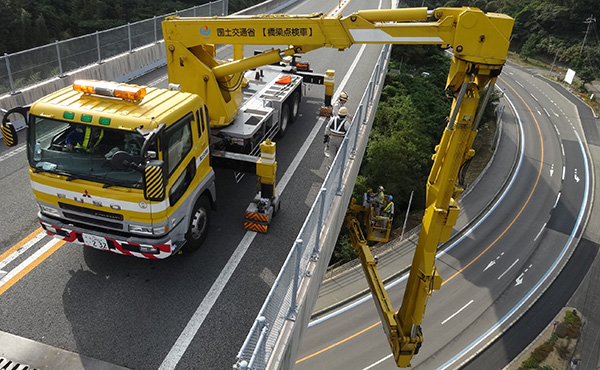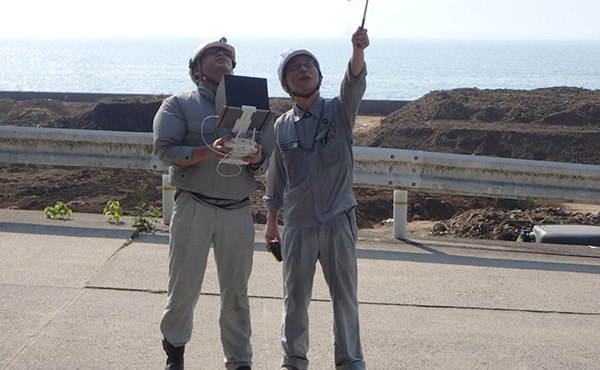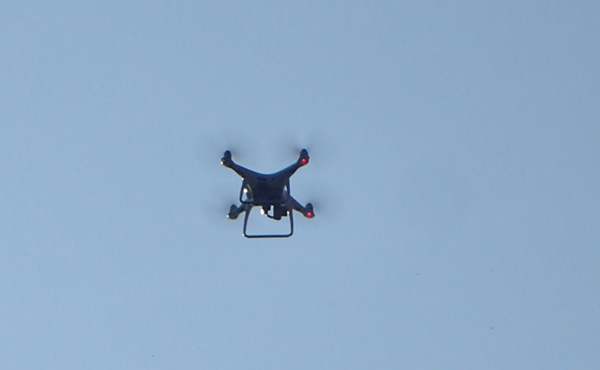- HOME
- Top Page
- Our Businesses
- Structural Investigation
Structural Investigation
Many structures and equipment that were created during the period of accelerated growth are aging. As investment capacity declines, efficient maintenance that incorporates asset management methods will be required from now on. We conduct inspections, surveys/investigations, tests, and analyses to accurately grasp the current state of the structure. We then propose appropriate measures according to the condition of the structure, to contribute to extending the life of the structure.
Inspection
-
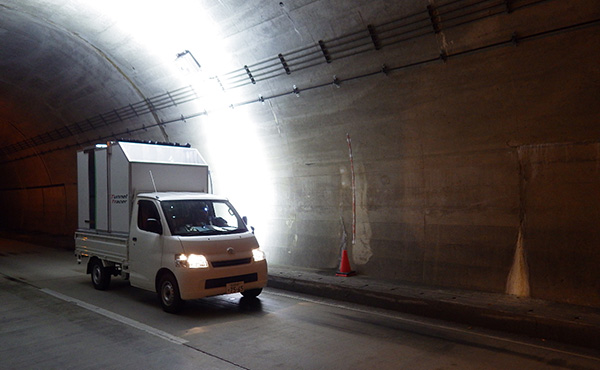
-
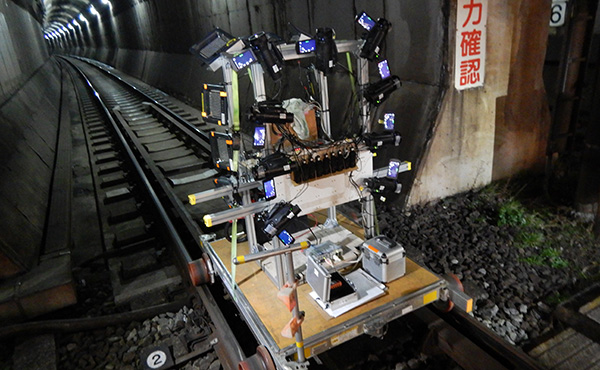
-
Traveling tunnel continuous imaging system (tunnel tracer)
This system allows us to photograph lining surfaces such as road tunnels, without traffic restrictions. By taking photos with multiple high-definition video cameras at the same time, we can obtain composite images in high definition in a short time.
This allows us to check the state of deterioration from the composite images, and create a deformation diagram.
Surveys/Investigations
-
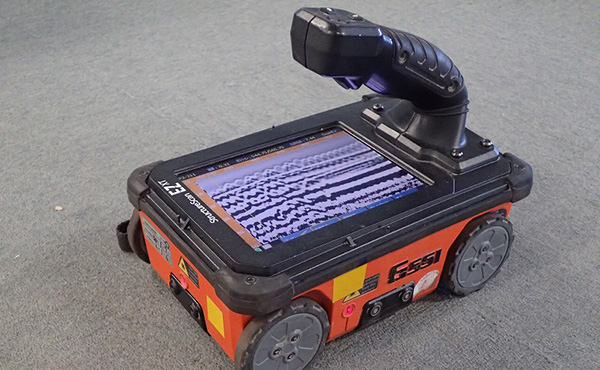
-
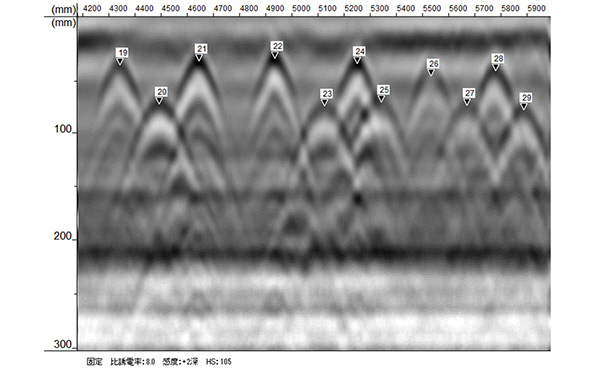
-
Reinforcing bar investigation
We investigate the position and the covering depth of reinforcing bars inside concrete.
- Electromagnetic wave radar method
Allows exploration to a relatively deep position (about 30 cm).
- Electromagnetic induction method
If either the reinforcing bar covering depth or the reinforcing bar diameter is known, the other can be estimated with relatively high accuracy. Detection is not possible unless the target is a magnetic material such as a reinforcing bar, and the exploration depth is shallow (about 10 cm).
-
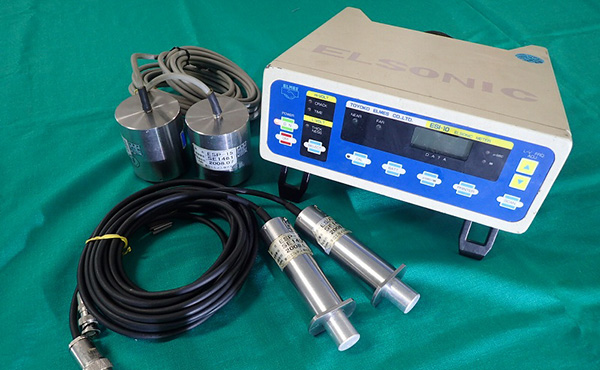
-
Ultrasonic measurement
- Estimating concrete strength with ultrasonic waves
Strength is estimated by qualified personnel (course trainees: Public Works Research Institute), based on the "Guidelines for measuring the strength of new structural concrete by ultrasonic test (Public Works Research Institute) (draft)."
- Measurement of crack depth with ultrasonic waves
Using the property of ultrasonic waves diffracting at the tip of a crack, we estimate the depth of the crack from the distance and propagation time of the sensor.
-
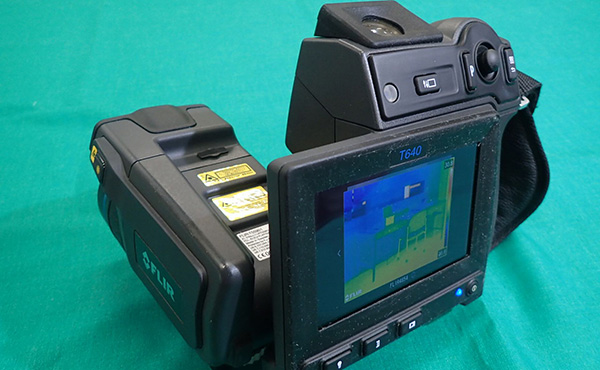
-
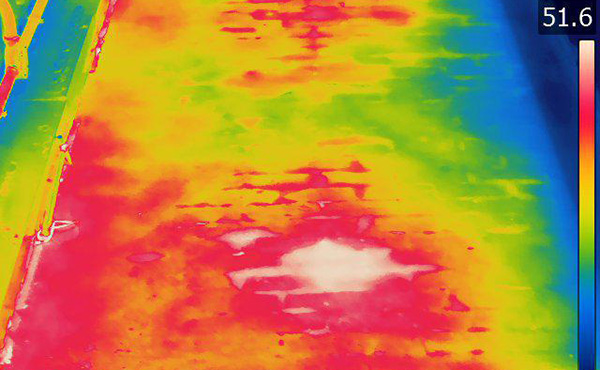
-
Infrared surveys
Deteriorated parts such as separation of the concrete surface have different thermal characteristics from healthy parts.
Infrared thermography is a method of confirming with an infrared image the difference in thermal characteristics that occurs when the outside air temperature changes. Infrared thermography allows surveys across a wide area to be conducted from a distance.
Spontaneous Potential / Polarization Resistance
- Spontaneous potential Measurement
Half-cell potential is measured by applying a reference electrode to a concrete surface, to estimate the possibility of reinforcing bar corrosion inside the concrete. It is known that when a reinforcing bar corrodes in concrete, the potential changes to the baser side (minus side).
- Polarization resistance
Polarization resistance is detected from the change in voltage that occurs when a slight change in current is applied to a concrete surface, and the corrosion rate of reinforcing bars (μA / cm2) is calculated.
-
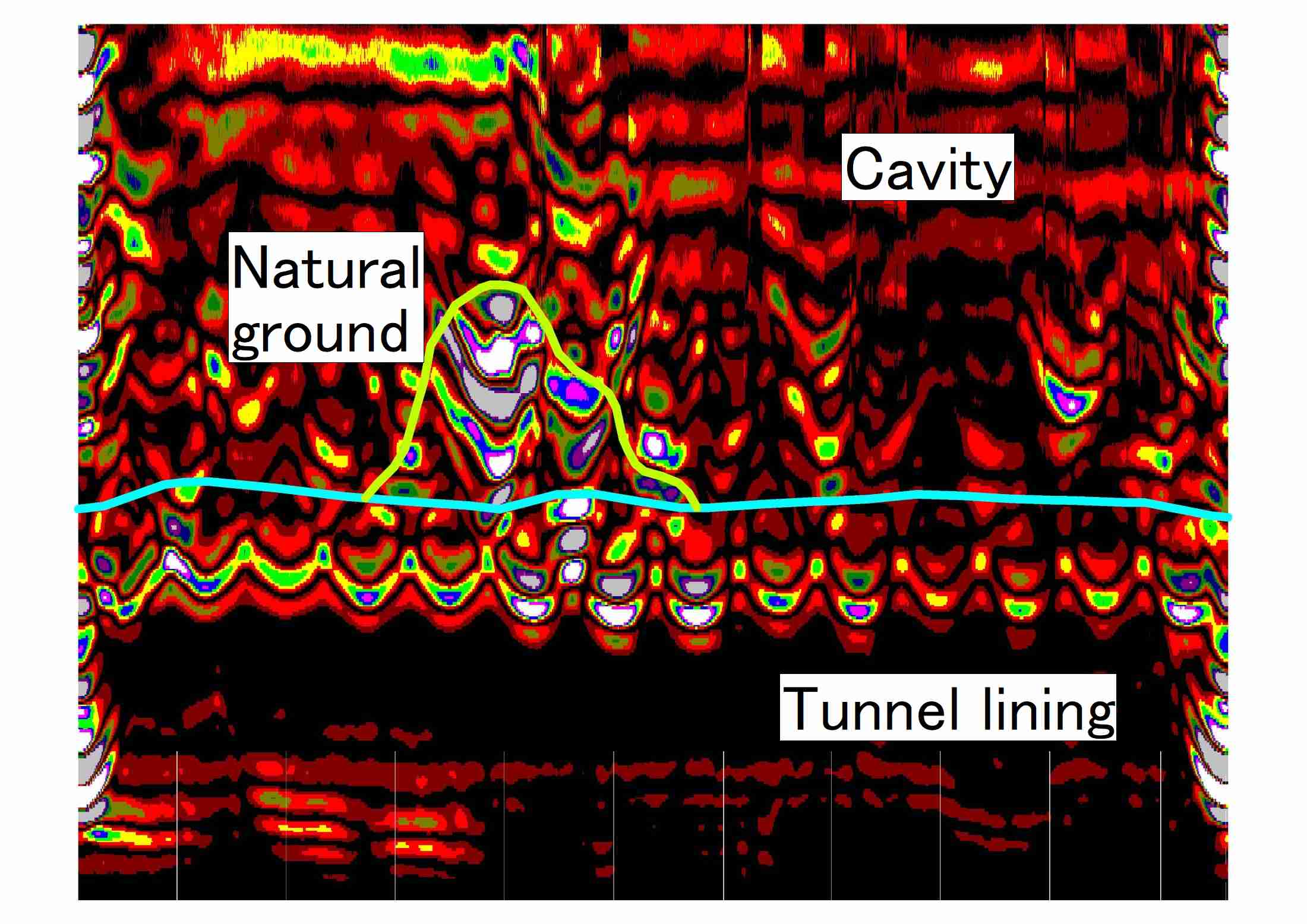
-
Cavity examining radar
The position and depth of buried pipes and cavities are estimated from characteristics such as amplitude, phase, and the reflection pattern of the waveform data obtained when scanning with the probe.
- Underground exploration
Buried pipes and underground cavities.
- Tunnel lining
Gap (cavity) between the lining and the natural ground.
Concrete Tests
-
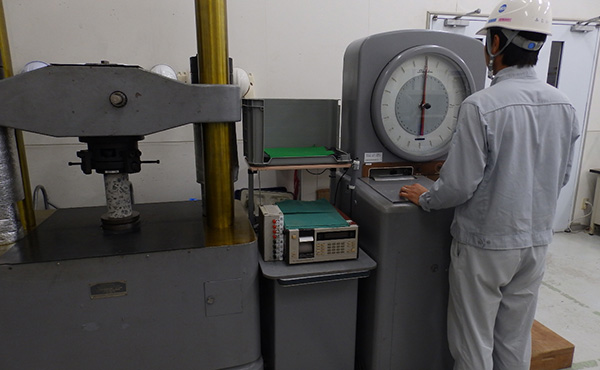
-
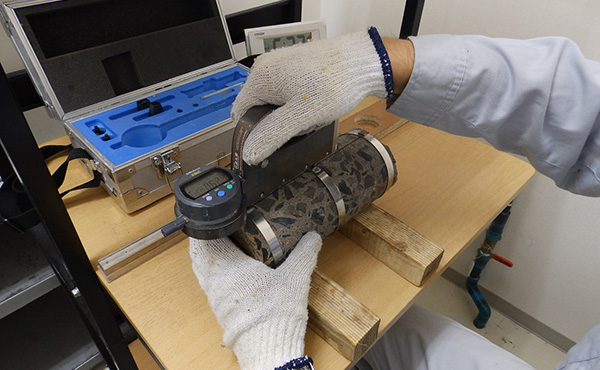
-
Physical property tests
Various physical property tests are conducted using samples collected from structures (test cores, etc.).These tests can also be conducted on materials such as rocks and resins.
- Compression strength, static elastic modulus test
- Measurement of neutralization depth
- Chloride ion content test
- Expansion quantity test (JCI method, Canadian method)
- Alkali silica reactivity test of aggregates, etc.
-
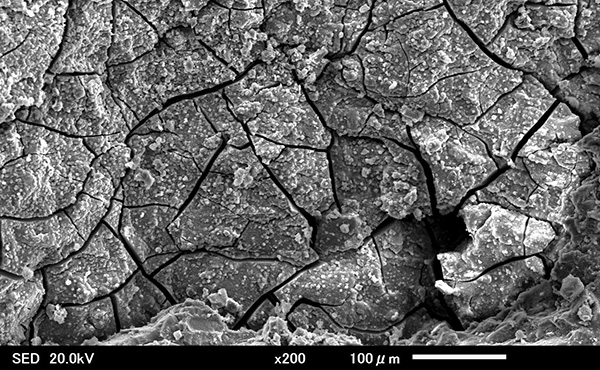
-
Scanning electron microscope (SEM) observation
Reaction products (silica gel, etc.) are present in the aggregate of concrete that has deteriorated due to the alkali-silica reaction. By observing the characteristics of this product with an electron microscope, it is determined whether or not the cause of deterioration is the alkali-silica reaction.
-
EPMA analysis
In order to understand the depth of deterioration factors that have penetrated into concrete, the sampling core is divided in half and EPMA is used to conduct a surface analysis to measure the distribution of deterioration factors. EPMA (Electron Probe Micro Analyzer) irradiates a sample with a finely focused electron beam, and disperses the X-rays that are peculiar to the element generated at that time with an X spectroscope, to determine the wavelength and intensity of each. This device is used to check what kind of elements are present. In addition, surface analysis is a method of investigating element distribution by fixing an X-ray spectroscope on a specific element and conducting a two-dimensional scan with an electron beam on the sample.

